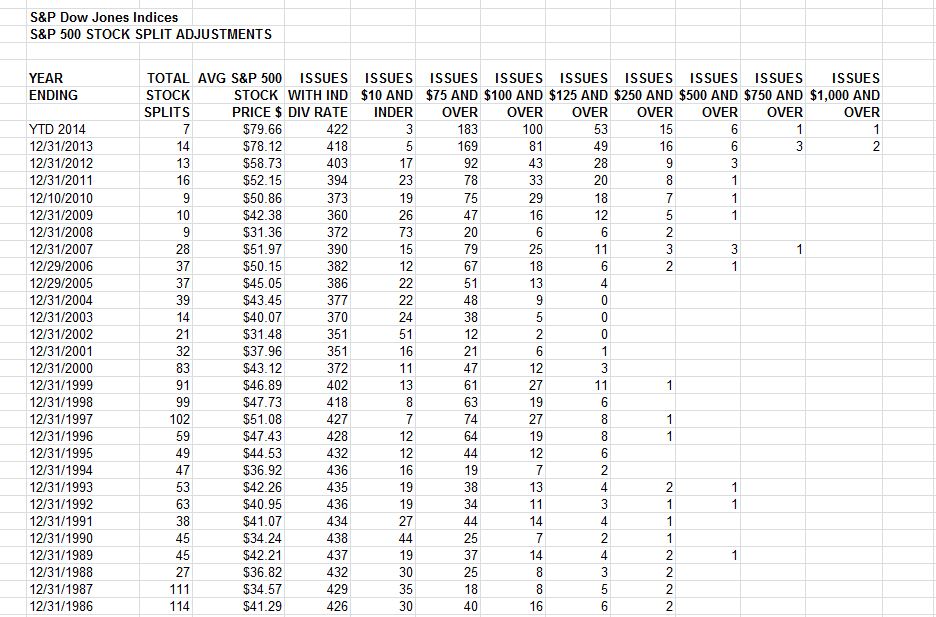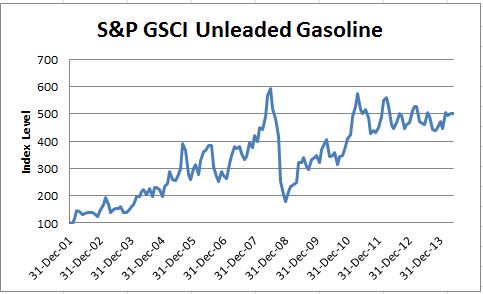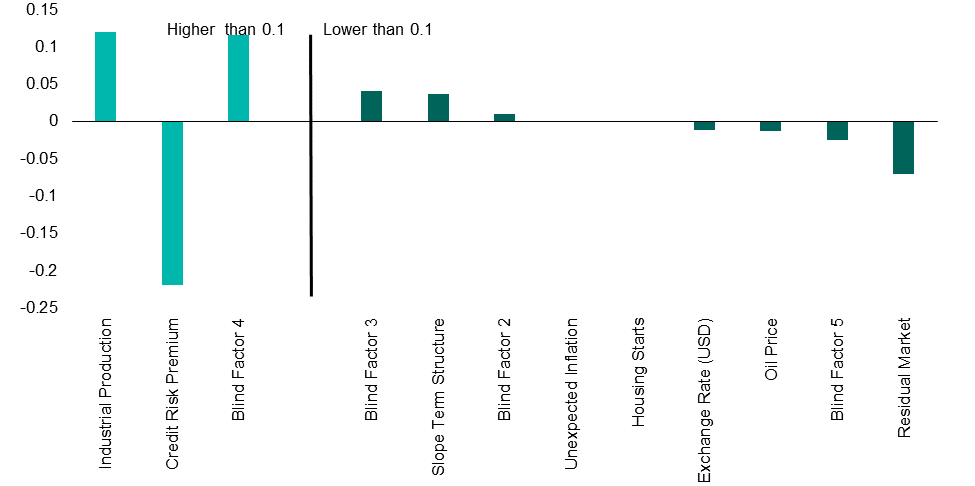This is a story about the power of randomness, and its application to investing.
A good few years ago, I had the pleasure of meeting Bob “The Rock” Cooper. Bob, an otherwise unassuming sales manager from London, had just won the world championship in the princely sport of “Rock Paper Scissors”. Yes, there is such a thing.
At the time I met Bob, I was working for the Royal Institution of Great Britain, which has hosted a series of “Christmas Lectures” presenting scientific concepts to a young audience every year since 1825, barring a brief interlude during the Second World War.
In 2006, the topic of the lectures was mathematics.1 As one of the lectures was based on probability; we invited Bob in to talk about game theory, randomness and to try and beat him at Rock Paper Scissors.
Now, Bob’s pretty good at reading people’s intentions. He knows a good deal of behavioral psychology, and he plays a lot of Rock Paper Scissors. Unless you know as much as he does, whatever your strategy is, he’s going to beat you. He certainly could beat an 11-year old kid.
How do you beat Bob? You can’t determine a winning strategy, but you can improve your odds. If you play at random, you have a 50% chance of winning. That’s as good a chance of beating him as he has of beating you – you’ve levelled the playing field.
What does this have to do with investing? Well, actually quite a lot. Think of the markets as Bob. They’re smarter than you, they’re good at exploiting your intentions, and if you try to beat them, on average you’re likely to fail. But if you play at random, you can improve your odds, potentially by a considerable margin.
Of course, I’m not recommending that investors should pick their investments at random. What we do recommend, however, is that investors keep an eye on the performance of equal weight indices. They tell you the performance of a random investment strategy. That’s convenient in terms of benchmarking: any “alpha” strategy worth its salt should outperform in comparison. Not many do.
- If you’re interested, the full series is available here – although please be warned that the target audience is young children.
















